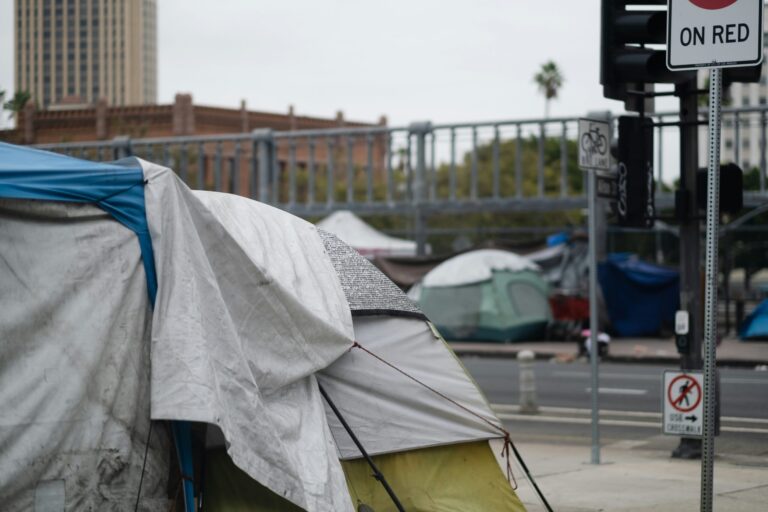On January 20, 2023, Los Angeles faced a stark reminder of the ongoing affordable housing crisis in California as new figures revealed that homelessness in the city had reached an all-time high. According to the Los Angeles Homeless Services Authority (LAHSA), the city saw a 15% increase in the number of people experiencing homelessness compared to the previous year, with more than 69,000 individuals living on the streets or in temporary shelters. This troubling statistic has prompted urgent calls from policymakers, advocates, and concerned citizens for immediate action to address the growing crisis.
Los Angeles Mayor Eric Garcetti, who has been at the forefront of efforts to combat homelessness, spoke out about the alarming rise in homelessness, emphasizing the need for increased funding and more aggressive housing solutions. “The housing crisis in Los Angeles is no longer just a policy issue—it is a moral issue,” Garcetti said during a press conference. “We must build more affordable housing, provide more mental health and addiction services, and work together to create real solutions for our most vulnerable populations.”
The crisis is compounded by skyrocketing rent prices, which have made it increasingly difficult for low-income residents to find stable housing. In 2022, Los Angeles saw a 12% increase in rent prices, a trend that has continued into 2023, making the prospect of homeownership or affordable rental options nearly impossible for many residents. Additionally, a lack of available housing, combined with restrictive zoning laws and limited federal funding, has created a bottleneck in the construction of new affordable homes.
Housing advocates, including organizations such as The Coalition for Affordable Housing and Homes for All California, have called for a more aggressive approach to zoning reform, which would allow for more housing units to be built in areas traditionally zoned for single-family homes. They also stress the importance of creating a comprehensive network of supportive housing, which combines affordable housing with wraparound services like mental health care and substance use treatment. These services are crucial, as many of the individuals experiencing homelessness also face mental health and addiction challenges that make traditional shelter systems less effective.
California’s state government has allocated funds to combat homelessness in recent years, including the Project Homekey initiative, which has created thousands of new shelter units across the state. However, critics argue that these efforts have been insufficient in tackling the root causes of homelessness, particularly in high-demand urban areas like Los Angeles. Additionally, there are concerns about the slow pace of bureaucratic processes that hinder the rapid construction of affordable housing.
While there have been some positive developments, such as the approval of new affordable housing projects and the opening of more emergency shelters, the increasing homelessness crisis remains a dire issue. Advocacy groups are calling for a more coordinated and sustainable approach to homelessness, urging the state and local governments to implement stronger protections for renters, invest more heavily in affordable housing construction, and ensure that those experiencing homelessness receive the support they need to transition into permanent housing.
The homelessness crisis in California is a complex issue with no simple solution, but the rising numbers are a clear signal that more needs to be done. For Los Angeles, and the state as a whole, the crisis is not just an urban problem—it’s a statewide emergency that requires urgent and unified action to address the housing shortage, provide adequate services, and ensure that every Californian has a roof over their head.



